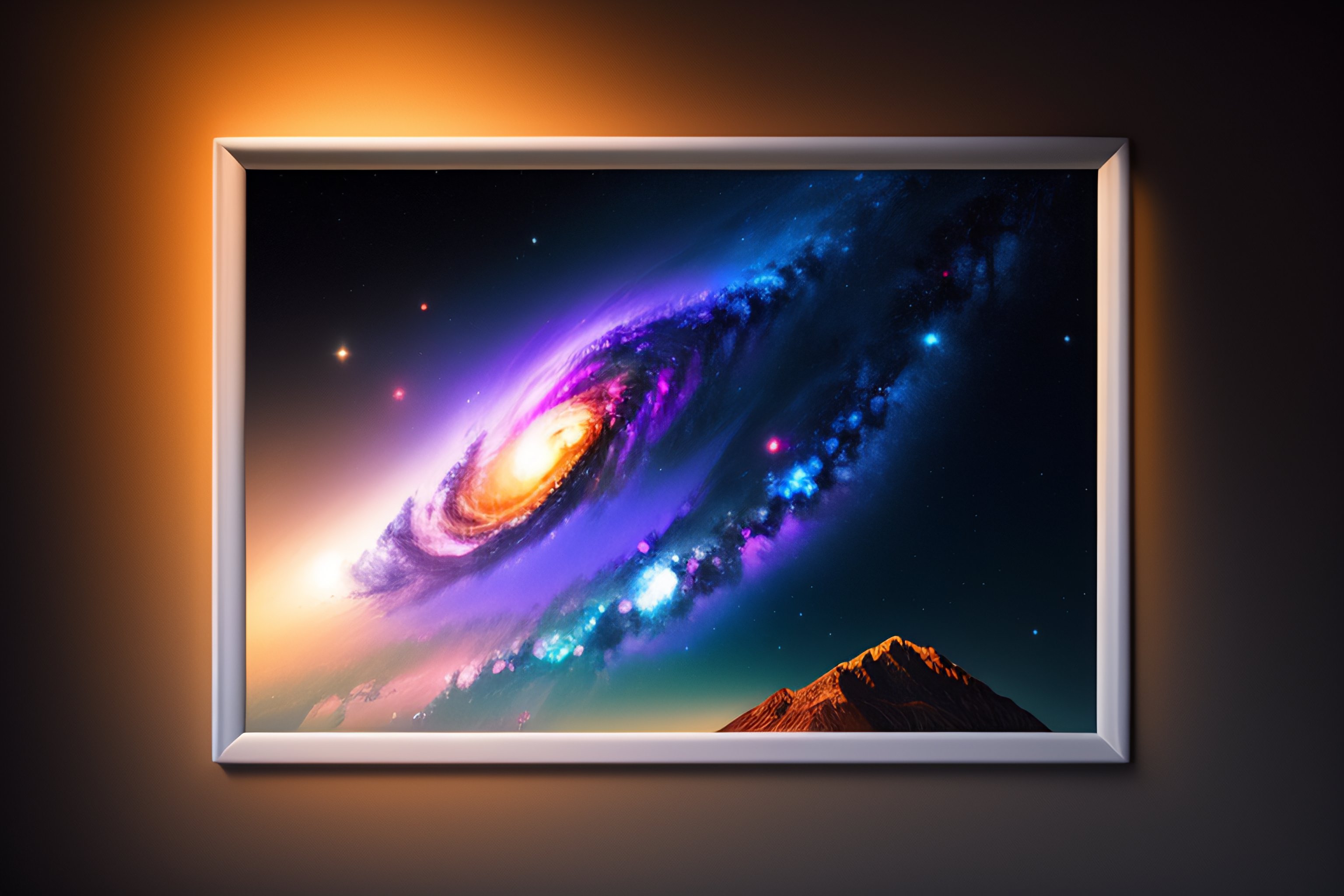The universe is an ever-expanding and complex system that has fascinated humans for centuries. From the smallest subatomic particles to the largest celestial bodies, there is an intricate web of interconnectedness that governs the universe. In this article, we will explore the inner workings of the universe and how everything from the tiniest atoms to the most massive stars and galaxies works together to create the universe as we know it.
At the most basic level, the universe is made up of atoms, which are the building blocks of all matter. These atoms are composed of protons, neutrons, and electrons. Protons and neutrons are located in the nucleus of an atom, while electrons orbit the nucleus in shells. The number and arrangement of these particles determine the chemical properties of the atom.
Moving outwards from the atomic scale, the universe is also governed by four fundamental forces: gravity, electromagnetism, the strong nuclear force, and the weak nuclear force. Gravity is responsible for the attraction between massive objects, while electromagnetism governs the interactions between charged particles. The strong nuclear force holds atomic nuclei together, and the weak nuclear force is responsible for radioactive decay.
On a larger scale, the universe is made up of galaxies, which are collections of stars, gas, and dust held together by gravity. Our own Milky Way galaxy contains hundreds of billions of stars, each with their own unique characteristics and properties. The stars in a galaxy are held together by gravity, which causes them to orbit around the center of the galaxy.
The universe is also constantly expanding, which means that galaxies are moving away from each other at an ever-increasing rate. This expansion is due to the Big Bang, which is believed to have occurred around 13.8 billion years ago. The Big Bang was the beginning of the universe as we know it, and it is still a subject of intense study and debate in the scientific community.
In addition to galaxies, the universe also contains dark matter and dark energy. Dark matter is a mysterious substance that does not interact with light or any other form of electromagnetic radiation, but its presence can be detected by its gravitational effects on visible matter. Dark energy is even more mysterious, and its existence is only inferred by the observation that the expansion of the universe is accelerating.
In conclusion, the universe is a vast and complex system that operates on many different scales, from the smallest subatomic particles to the largest galaxies. While there is still much we do not understand about the universe, scientific inquiry has allowed us to gain a deeper understanding of the inner workings of the universe and our place within it.

